Big Brand Ideas Start in Small Places
Written by Ryan Tym
When it comes to destination branding, the lure of a global icon is undeniable. Who wouldn’t want to say that they put their mark on a city like New York or a country like Canada? Surely, it signifies the strength of your work.
But the strongest brands are the ones that tell the most compelling story and truth is, the smaller the place, the better the story.
For less well-known areas, branding has the potential to have a bigger impact by bringing attention to those brilliant insights and stories that might not otherwise be told. Yes, London and Paris are glitzy and glamourous, but finding a smaller, lesser known destination is like finding a really great unknown band before they get famous.
This is the beauty of small place branding, it’s the chance to get under the skin of an area.
And this doesn’t just apply to places: smaller brands in particular can gain a lot from this attitude. For travellers – or any other consumer – it provides the potential to discover something off the beaten track and that’s a big emotive driver.
The joy of the unknown
These less-well known places also come with less baggage – to use a travel analogy – and less expectation in the eyes of the customer. When you’re dealing with a smaller brand, it’s much easier to tap into elements that will surprise and delight your audience. With a big brand – whether that’s a place or in any other industry – there are preconceptions built in.
The audience is also much broader, and the temptation is to try to be all things to all people to keep that broad interest. The problem is that if you do that, you end up speaking to no one.
For The People’s rebrand of the West Coast of Tasmania, Australia, understood this brilliantly. Their campaign positioning the area as “forever left of centre,” speaks to an audience looking for a wild, offbeat destination. Yes, that will exclude some people, but the positioning is strong, which is far more important.
Wales and Scotland have also done a good job of pushing their independent spirit in the wake of Brexit. Visit Wales, in particular, has created a powerful design system, with engaging copy and iconic typography. The latter was created by creative studio Smörgåsbord, who took care to tap into Welsh heritage without the font appearing pastiche. The photography they’ve used is raw, capturing the spirit of the small country beautifully and elevating it so Wales can compete as a global destination on its own, rather than as one component of the UK as a whole.
On a recent project for Visit Estonia, one of Europe’s smallest countries, I experienced that for myself. We spent weeks in the country, consulting with the community as we travelled, to experience first-hand the culture of the nation. It took us bog-shoeing with a nature lover, who spoke passionately about the power of the landscape. It led to conversation with one of the country’s best restaurateurs, who explained the recent, rapid culinary transformation within Estonian culture and ended with us listening to an expat entrepreneur bare all about life in the country whilst sitting naked in a smoke sauna. This led us to reposition Estonia as an experience-first destination. Those intimate details allowed us to tell a more universal story – which is gold for any brand.
Tapping into the small things
This attitude can go further than just branding a particular place. A great example is Brixton Brewery – created because the founders believed that every neighbourhood needs a good brewery. It’s now sold in most UK supermarkets and found in many pubs after being bought by Heineken. But the brand continues to centre on the small place it came from: the pattern on the Coldharbour lager mimics the architecture on the road it’s named after. By bringing to life what makes the area special, it’s given the brand broad appeal. People who originally love these small brands also get a kick when they can share it with others.
Bigger brands can also tap into this for themselves. They just need to get down to a core idea and a core story. Take Polestar, the electric car brand that’s owned by Volvo. Launching as a new brand avoided the baggage of the car giant and enabled them to be bolder in their positioning and execution. Instead of sticking to the traditional family-friendly Volvo brand, Polestar has taken a much more design-led approach and gone for a more modern and innovative style.
The bigger the place or brand, typically, the more stakeholders involved with differing interests. This will take careful management or there is a risk of watering down any innovative strategy.
Exclusion to grow
This “small place, big branding impact” mindset is most often seen in challenger brands who know they can’t compete with the top dogs in the sector. Instead they dig deep into what makes them unique to formulate their brand. Their positioning is essentially an exercise in exclusion. They aren’t aiming to steal all of the bigger player’s customers, just the ones they can really speak to.
Brands across all categories can benefit from this attitude if they want to challenge the market. It’s exactly what those brilliant small place brands have already understood – that taking time to look inwards and find those hidden, fascinating details is what creates a spellbinding story, and brilliant storytelling is how you stand out.

